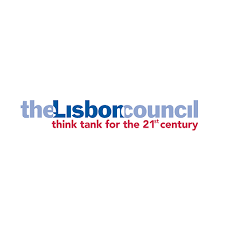
8th March 2021
David Osimo is director of research at the Lisbon Council.
This blog post evaluates the performance of new policymaking tools developed in ICT for Governance and Policy Modelling, part of the European Commission’s Seventh Framework Programme (FP7). The author participated in projects co-funded by the programme.
The 21st Century has posed a set of radical new challenges to policymakers. Change comes faster. Problems are less linear and predictable, more systemic and complex. From 9/11 to climate change, from financial crisis to pandemic, governments worldwide are struggling to deal with the so-called “black swans.” As then President of the European Central Bank Jean-Claude Trichet put it in the aftermath of the 2008 financial crisis: “As a policymaker during the crisis, I found the available models of limited help. In fact, I would go further. In the face of the crisis, we felt abandoned by conventional tools.”
To meet these changing demands, researchers developed a set of new instruments particularly suited for a complex, interrelated, nonlinear world. These so-called Policy 2.0 tools brought with them a host of new ideas – and a dog’s breakfast of new jargon to describe them: policy modelling, open government data, visual analytics, collaborate governance, citizen science and behavioural economics. The European Commission, for its part, put real money on the table; The 2009 ICT for Governance and Policy Modelling programme set aside €40 million for research on the most promising new tools. And the author of this blog post led a consortium of researchers behind Towards Policymaking 2.0: The International Research Roadmap for ICT for Governance and Policy Modelling, an article where many of the new techniques were first described and laid out.


